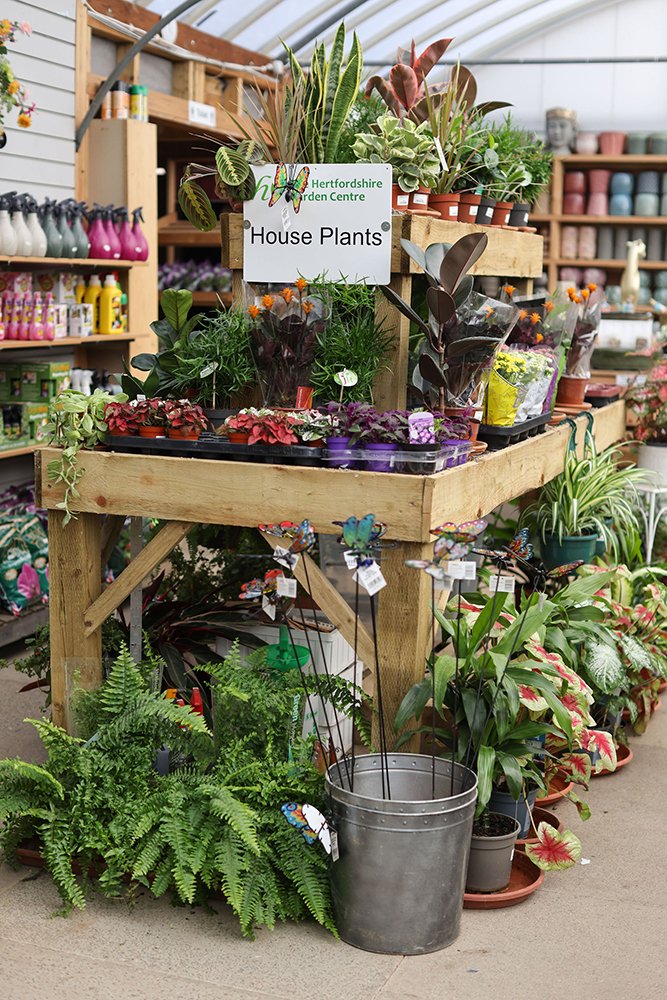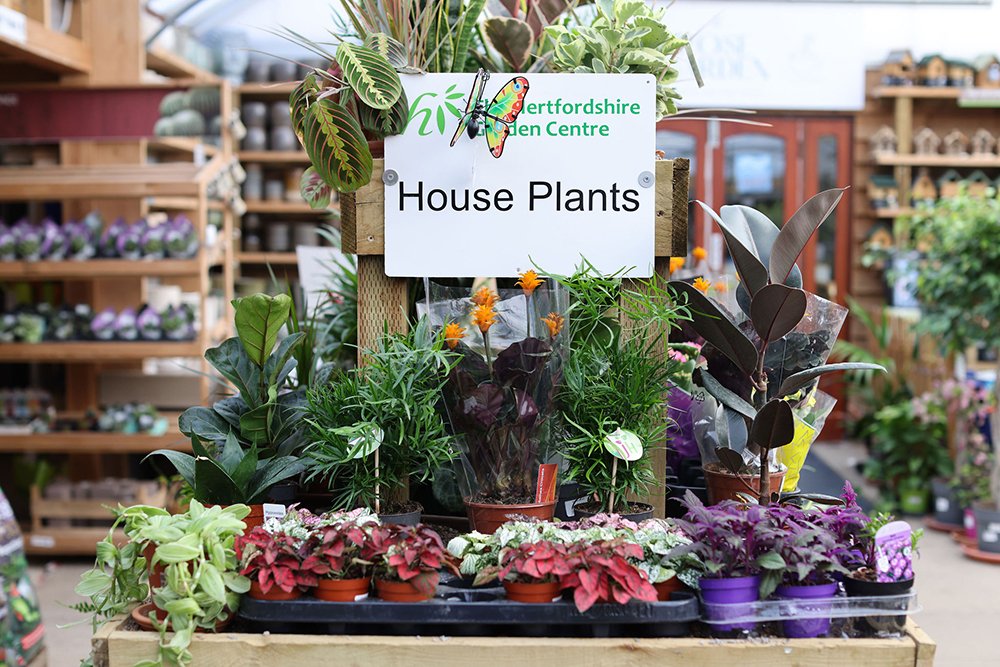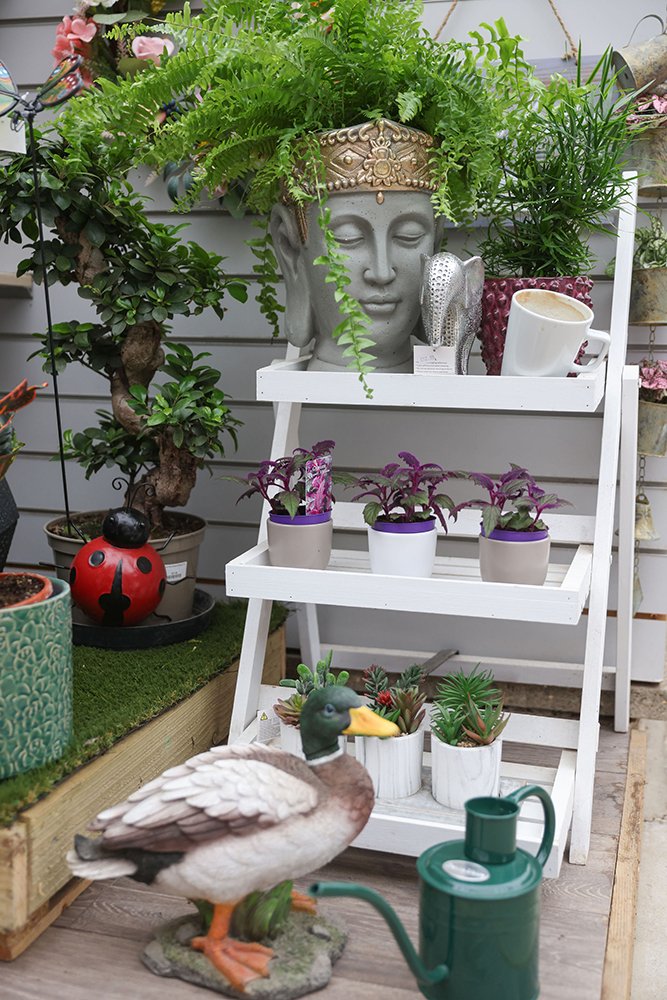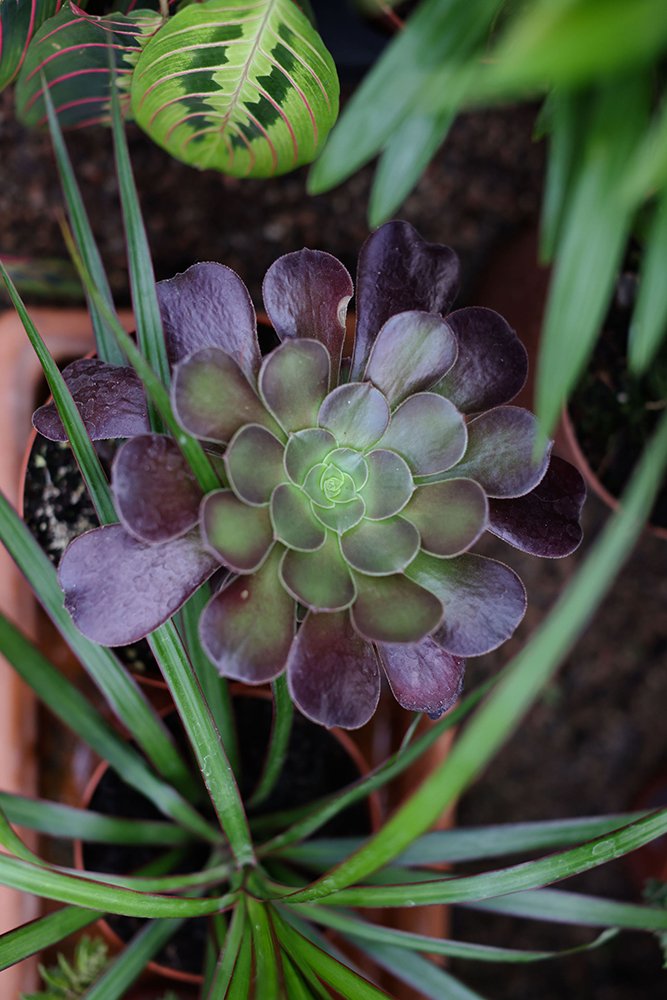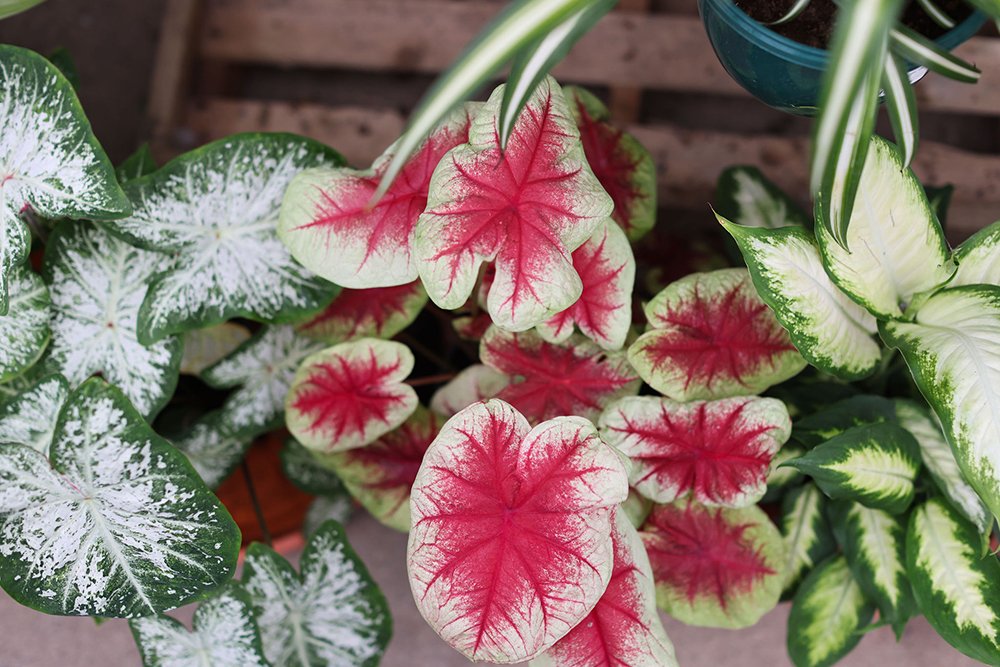Houseplants: Top Ten Tips To Keep Them Thriving
Houseplants
Our member The Hertfordshire Garden Centre have created some top tips for us to keep our houseplants not just alive, but thriving.
In a bustling world dominated by concrete jungles, there's a growing urge to reconnect with nature. Houseplants offer a green sanctuary within our homes, bringing a touch of the outdoors to our indoor spaces. Beyond their aesthetic appeal, houseplants offer a myriad of benefits, from purifying the air we breathe to boosting our mood and productivity.
Our members The Hertfordshire Garden Centre have kindly created some top tips for us to keep them thriving.
top ten tips
1) Tip one is all about watering. I would always recommend to water houseplants from the bottom. This means filling a container/bucket with water, removing the houseplant from its decorative pot, and placing it in the water. You can leave the houseplant in to take up as much water as it needs, leaving for 10-20 minutes. After, you can take the plant out and leave on a draining board to let the excesses water to drain. Then place back into the decorative pot. Watering from the bottom can stop pests such as sciarid fly, which can lay their eggs in the soil, these eggs then hatch and eat the roots of your house plant.
2) Second tip is still on the topic of watering. The number one question with houseplants is how much water and how often should I water. These questions are tricky to answer specifically. What I often do with my own houseplants is touch the soil and feel if it is dry, also feeling the weight and looking at the colour. I would go into the soil about a couple of inches depending on the size of the pot and feeling for any moisture. If it feels dry, then water. Weight is a great way of testing if a plant needs water - if the plant is very light then water is required. When dry, the soil can go a very light brown colour compared to when it’s been watered. Water requirements can depend on temperature within a room, how much light a plant gets and the time of year. Added tip within the tip – using rainwater can be very beneficial to houseplants, the water we use out of our taps has chemicals added in to clean the water, houseplants do not tend to like these chemicals.
3) Tip number three, this is looking at repotting. Again, it can be a challenge knowing when the right time is to do this. We repot to give plants that extra space to continue their growth. The best way to see if your houseplants need repotting is by taking it out of the pot and looking at the roots. If the roots are circulating around the soil/pot or if the roots are growing out of the drainage holes, then your plant need to be repotted into a slightly larger pot.
4) Choose the right pot size! Before heading to us I would recommend you measure the size of the pot your plant is currently in. This will help us to work out what size the new pot should be. I tend to recommend going into a slightly larger pot which has an inch or two either side and at the bottom. The pot your plant is in should be plastic and have the drainage holes at the bottom. Then place this into a decorative pot. You may also need to get a bigger decorative pot to place it in – we have a lovely selection of them, there is colour and design for everyone’s taste.
5) Choosing a houseplant. If you have not had houseplants before then getting involved is super easy. There is a golden rule to stick to and by doing this you’ll never have any casualties! The golden rule is right plant, right place. You must select plants that will grow in the area you are wanting them in. Before heading to our house plant department, have a look at the area and check for light levels and temperature. This will ensure we can recommend the best plants for you.
6) Tip six is testing your cleaning skills. Houseplants will often need to be dusted. Sounds funny but the leaves can get a fine layer of dust settling on the top of the. This will limit the amount of air and light the plant can get so keep them well dusted.
7) Sometimes houseplants need extra humidity; they can sometimes look ‘sad’ or wilting. Most houseplants are just tropical plants from different parts of the world, so they require high levels of humidity. If this is the case, get a shallow tray with gravel inside and add water to the tray. Place this underneath your plant and this will improve humidity levels. Having a spray bottle containing water and spraying on and around your plant will also improve humidity.
8) Feeding. We have a large range of different feeds to choose from and specific feeds for certain plants. Feeding is not required all the time – the best time to feed is during the growing season from early spring to mid-summer. If the houseplant is a flowering type, then it is best to feed when the buds start to appear. It is preferential to underfeed than overfeed; only use the amount specified on the packaging and most feeds will need diluting with water before use.
9) Keep an eye on your houseplants. Although they will not need watering or pruning every day, it is best to look over them regularly. This means checking for any pests and diseases. These are easier to treat if seen early enough. You are looking for any small insects within the area of the plant, on the plant or any discolouration on the leaves. If you spot anything that looks suspicious on your houseplant then move it away from other plants, you have in case of spreading. Take a picture if possible and we can try and help identify the problem and let you know which products would be best to use.
10) Last tip! To get the best growth out of your plants they need spinning or turning every week during the summer. This means the growth will not be lop sided and gives a better growth shape all around. Plants will grow towards the light so turning will help with this.
Houseplants offer a simple yet effective way to bring nature into our homes, providing numerous physical, emotional, and psychological benefits. Whether you're a seasoned plant enthusiast or a novice gardener, there's a houseplant to suit every lifestyle and living space. By embracing the art and science of houseplants, we can create healthier, more vibrant indoor environments that nourish both body and soul.
So, why not take a visit to The Herts Garden Centre to add a touch of green to your home and reap the rewards of indoor gardening.


